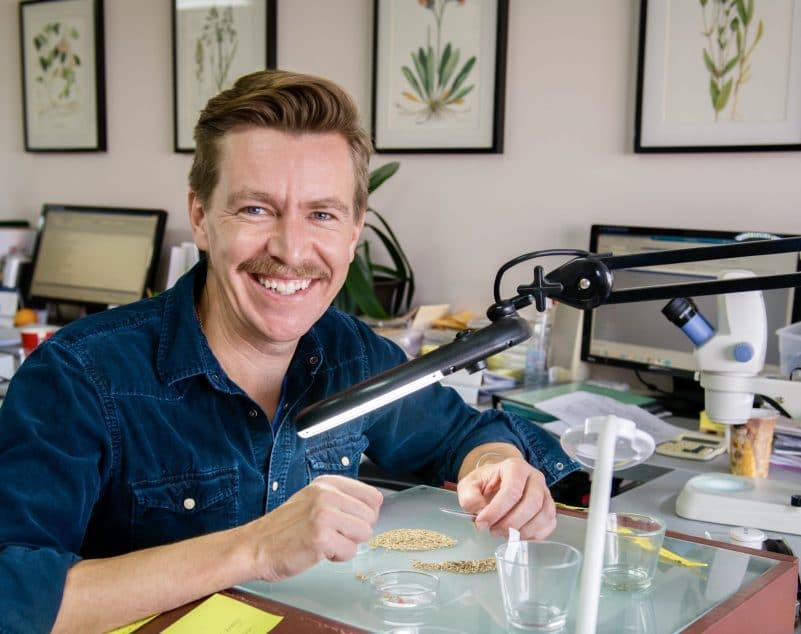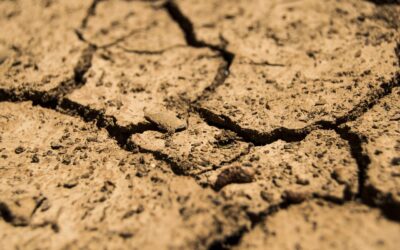It was a hard harvest in Alberta in 2018. Due to the wet, cold and snowy conditions in September and October, there were estimates that more than five per cent of all crops had yet to be harvested at the beginning of November.
After a hard year, bin-run seed may be tempting — it’s still sometimes used by Alberta producers. Although it may seem to be the best option, especially in terms of cost, is another look at that choice needed?
First, let’s examine the March 2018 report called Overview of Certified Seed and Farmer Saved Seed released by the Economics and Competitiveness Branch of the Government of Alberta. “Farmers saving seed is cost-effective almost all the time,” the authors state. “However, they are increasing their risks of reduced yield due to decreased seed genetic purity and tolerance to drought and disease to name a few.”
The authors add, individual farm assessment aside, producers “can generally price in about a $3.75/bushel price premium [in wheat] for access to new genetics, increased tolerances and convenience of purchasing certified seed,” and “when commercial prices are stable, the seed costs are often less than the $3.75/bushel threshold.”
Saved seed must be cleaned and treated, and often germination tests are required. Quality can vary greatly. Certified seed has a risk-assurance program included with purchase, assuring growers the seed has met very high standards for quality and varietal and mechanical purity, which is verified through third-party analysis.
Current Use
As is commonly known, use of certified seed verses saved seed varies by crop kind. “I expect in Alberta and most of Canada, hybrid canola, for example, is almost exclusively grown from certified seed,” says Roy van Wyk, executive director at the Canadian Seed Institute.
This is confirmed in a recent JRG Consulting Group and SJT Solutions report for the Seed Synergy Collaboration Group called Canada’s Seed System: Economic Impact Assessment and Risk Analysis, which estimates the use of certified seed as a percentage for a number of the major crop kinds.
The report states, “The highest usage occurs in Eastern Canada, with over 50 per cent of wheat acreage planted with certified seed. In Western Canada, use of certified seed can be as low as 13 per cent as is the case with durum wheat.Use of certified seed in Quebec is much higher due to the requirement that any crop insured acreage must be sown with certified seed.… For soybeans and canola, acreage seeded with certified seed can range between 95 per cent and 100 per cent across Canada, due to technology use agreements.”
Morgan Webb, senior accredited seed analyst with Seed Check Technologies in Leduc, Alta., says hybrid crops like canola and corn have an extremely high percentage of certified seed use. Additionally, forage crops have a high percentage of uptake in pedigreed seed, he says, and “there has been a swing towards using pedigreed seed in peas, cereals, and soybeans as fantastic new varieties hit the market.”
From 1970 to the 1990s, Randy Preater, a former manager and now advisor with the Canadian Seed Growers’ Association, has only ever used saved seed for growing his on-farm feed barley when he farmed near New Liskeard, Ont.
“There really wasn’t as much economic incentive to buy high-quality seed of a new variety in that situation with low input costs, and I had a trusted seed cleaner in my neighbour,” says Preater. However, his canola and pearl barley contract crops were planted with certified seed, in addition to some other crops. “For my alfalfa-timothy-brome hay crops, I also planted certified seed to make sure I was getting germination and purity or weed seed guarantees, and a variety well adapted to local conditions with a high tolerance to winter kill.
“I think the potential variation from year to year is a very important consideration when looking at using saved seed. Seed quality can be all over the map from one year to the next due to many factors, especially harvest weather,” says Preater. “It’s a business decision that has to be costed out, but with today’s higher input costs, I think major yield improvements and disease resistance are very important factors. Even for self-pollinated crops, there is also a real risk of reduced expression of the valuable traits of a variety over several generations of using saved seed.”
First-Hand Look
In his long, first-hand experience, Webb says he hasn’t seen the quality of certified or saved seed change much over time. “Certified seed quality has had a long history of being reliable, traceable, monitored and able to provide new genetics to the market. All of the great things about that system are luckily still in place,” he says.
“Saved seed can sometimes be great, but the quality of it has always been all over the map. Disease levels, varietal contamination, weed and other crop content are just not monitored to the same level in most non-pedigreed seed production. I would say the quality of certified seed in Canada is very high.”
Webb has gone out on many field inspections and he’s very impressed by the attention and work a pedigreed seed grower puts into a seed crop. He says seed growers spend a great deal of time choosing appropriate varieties, carefully planning rotations and cleaning equipment, as well as ensuring previous land use doesn’t impede quality and protecting the crop from both pollen and physical contamination.
Webb says growers of pedigreed seed also test the samples for quality many times — at harvest, during cleaning and in the spring — for germination, vigour and disease. “They want to make sure the product they sell is the best it can be. They have purity standard requirements to meet as well, so invasive weed seeds and other weeds, crops and diseases like ergot and smut are kept at [zero] or manageable levels.”
Purchase of certified seed also supports innovation and development of new traits and varieties. “New varieties and crop kinds seem to be getting more important as we face more and more unpredictable production and harvest weather,” says Webb.
Quick Facts from the report Overview of Certified Seed and Farmer Saved Seed by the Economics and Competitiveness Branch of the Government of Alberta
- To calculate saved seed requirements, producers should save an amount that includes an additional 10 per cent for cleanout. “It is also advisable to have extra bushels available in case the grain is mishandled, the seeder malfunctions or a reseeding scenario arises,” states the report.
- In wheat, the single biggest cost associated with saving seed is the foregone opportunity to receive commercial value for harvest. In addition, the cost of saved seed for wheat includes storage cost for about six months, cleaning costs — including running grain through an optical/colour sorter, which is considered to be standard practice — elevation and trucking costs for cleaning and labour.
- As the price of wheat decreases, the relative costs of saving seed increases.





